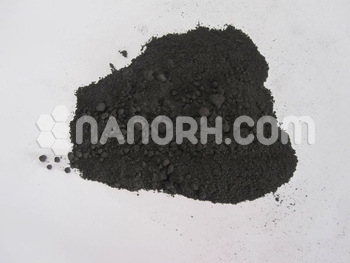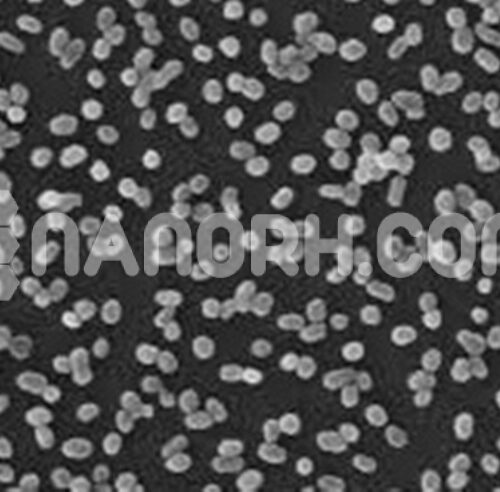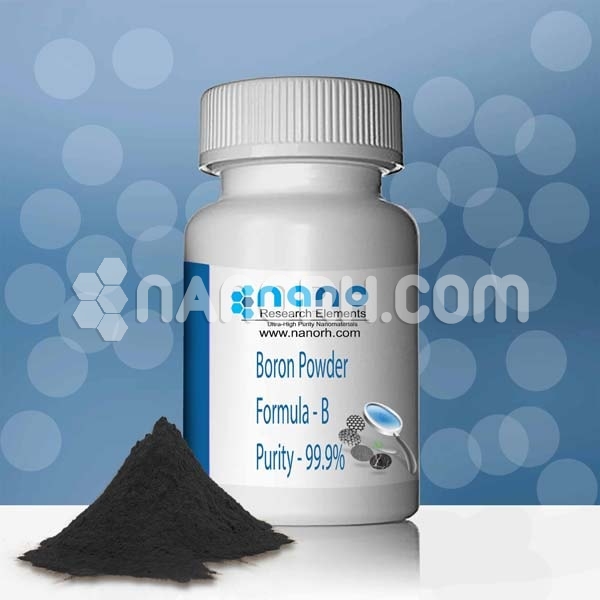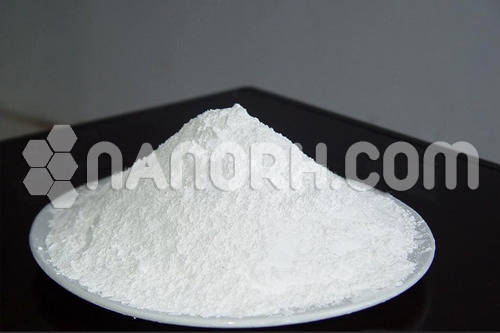Tantalum Niobium Carbide Powder TaC:NbC=90:10
The material can be used to produce a continuous chip cutting ductile products. It can significantly improve alloy material wear resistance, oxidation resistance, corrosion resistance, high-temperature hardness, high temperature strength and other properties..
| Tantalum Niobium Carbide Powder | |
| Product No | NRE-11237 |
| CAS No. | 12070-06-3 |
| Formula | TaC:NbC |
| Molecular Weight | 285.86g/mol |
| APS | 1000um( can be customized) |
| Purity | 99% |
| Density | NA |
| Color | Grey brown |
| Melting Point | NA |
| Boiling Point | NA |
Tantalum-Niobium Carbide Powder
Tantalum-Niobium Carbide Powder
The combination of tantalum and carbon atoms in tantalum carbides is a complex mixture of ionic, metallic, and covalent contributions and, due to the strong covalent component, these carbides are very hard and brittle materials. For example, TaC has a microhardness of 1600-2000 kg / mm2 (~ 9 Mohs) and an elastic modulus of 285 GPa, while the corresponding values for tantalum are 110 kg / mm2 and 186 GPa. The hardness, yield stress, and shear tension increase with the carbon content in TaCx. Tantalum carbides have a metallic electrical conductivity, both in terms of magnitude and temperature dependence. TaC is a superconductor with a relatively high transition temperature of TC = 10.35 K.
The magnetic properties of TaCx change from diamagnetic to x ≤ 0.9 to paramagnetic to greater x. We observe an inverse behavior (para-diamagnetic transition with an increase of x) for HfCx, although it has the same crystalline structure as TaCx.
Tantalum carbides form a family of carbon and binary tantalum chemical compounds with the empirical TaCx formula, where x usually ranges between 0.4 and 1. They are extremely hard and brittle refractory ceramic materials with metallic electrical conductivity. They appear as gray-brown powders, which are usually worked by sintering. Being important cermet materials, tantalum carbides are used commercially in tooltips for cutting applications and are sometimes added to tungsten carbide alloys. The melting points of tantalum carbides reach their peak at about 3880 ° C depending on the purity and conditions of measurement; This value is among the highest for binary compounds. Only tantalum hafnium carbide can have a slightly higher melting point of about 3942 ° C, while the melting point of hafnium carbide is comparable to that of the TaC.




